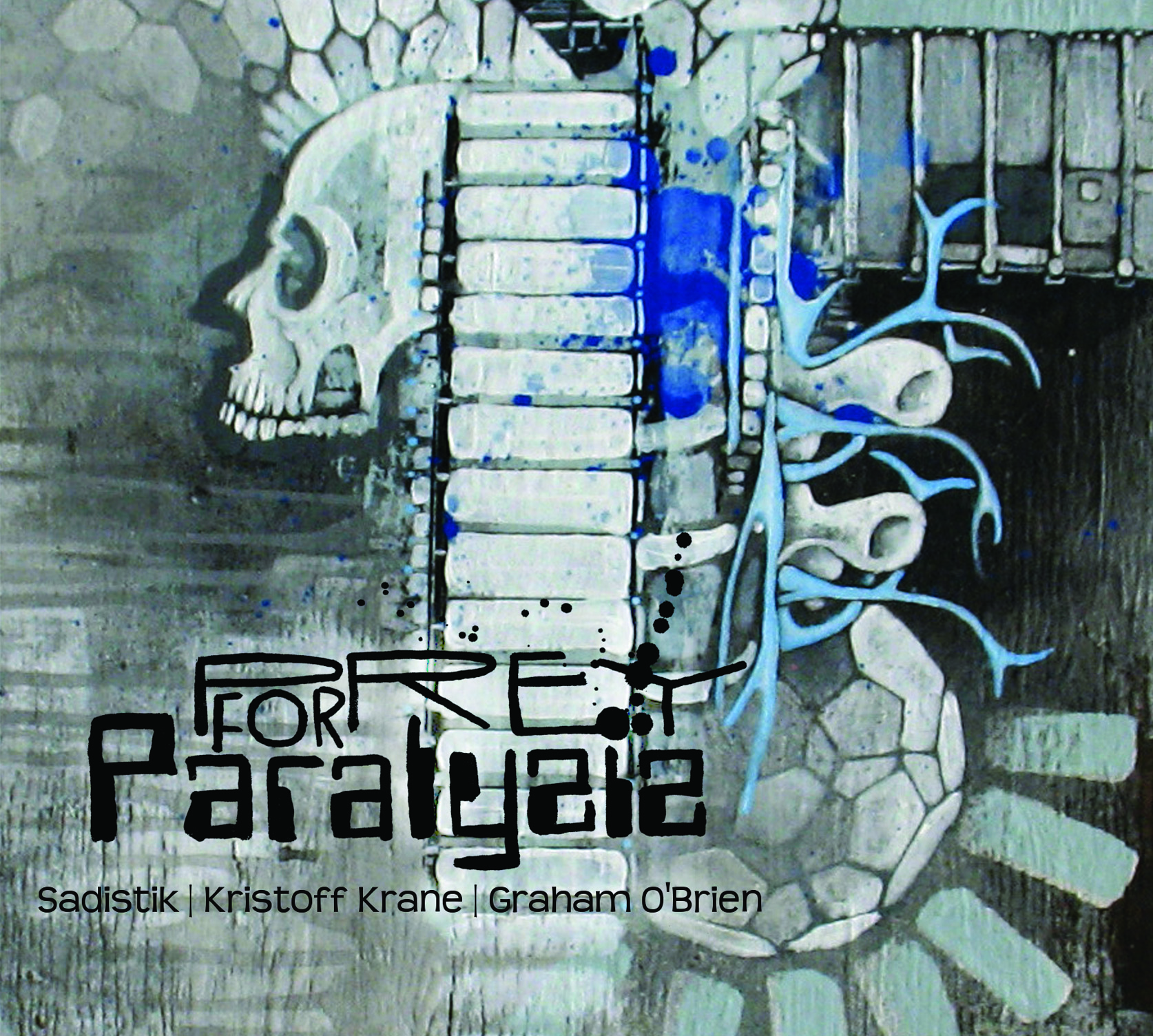When an album is classified as
“psychedelia-rock,” it’s pretty clear of what it entails: some sort of brain-melting
guitar and echoed undertone patterns combined to make a lengthy drug-infused
jam session. The only question: is it a good trip, or bad trip?
That being said, Tame Impala’s hypnotizing
whirlwind of hazy reverb and fuzzy guitar riffs on “Innerspeaker” is not short
of blissfully nostalgic; as it kicks on an old paisley-pop record while tweaking
in a 21st century vibrancy, the result is ideally executed,
constantly dazzling and an undeniably groovy jaunt to wonderland.
As a checkpoint in music history, the
late years of the 1960s are known as the time when albums were intentionally created
as a whole, from start to finish, as an art form. This creates a deeper 60s
similarity to the record beyond just its sound—“Innerspeaker” is an album’s
album. Its trance-inducing grooves don’t allow you to hit the next button until
it fades out as you dry the drool off your lip.
Aesthetically, the album could fool
baby boomers into coming across it as an undiscovered gem (not to mention the
ironically striking similarity between lead singer Kevin Parker’s vocals to
John Lennon’s). But Tame Impala is establishing a whole new breed of
retro-rock: it doesn’t feel as though the Aussie group is completely reconstructing a
vintage uniform record or wanting it to be cloaked as a Jimi Hendrix Experience
deep cut. “Innerspeaker” has an updated freshness and melody that pushes it
from being a 60s-homage to its own unique art. Its balance between a connected classic
and a lively pop-rock record will please a larger audience than just psych fans
(though they will undoubtedly dig it too.)
After some intentional stereo feedback,
the album begins with a delayed and reverbed guitar beat, immediately pulling
you into a daze. Once you’re in his grasp, singer Parker croons, "She doesn't
like the life that I lead/ Doesn't like sand stuck on her feet/ Or sitting
around smoking weed,” as he echoes out in the blurry mixture of sounds. Though
the production of the songs is practically more vital than the hardly
discernable lyrics, the album tosses around themes like the Ego, existence,
perception, and the inner-self. Most notably, the record "Desire Be Desire
Go" has a far-out philosophic chorus repeating the question, "Every
day, back and forth, what’s it for?"
The album’s sound creeps into your
ears, melts through to your brain, and clouds your vision. Proved true by the
helicopter of kaleidoscopic stereo-panning on "Why Won't You Make Up Your
Mind?" or the heart-beating stomp on "Bold Arrow of Time," “Innerspeaker” demonstrates a
encompassing sense of control.
The classic flaw of anything so
dangerously psychedelic is that it stares at the carpet too long, forgets what
day it is and drifts off into boredom. “Jeremy’s Storm,” the album’s
unnecessary all instrumental piece with little to no direction, is most guilty.
But forgive it for its long-lasting fluidity: “Innerspeaker” is a trip meant
not to be listened to, but experienced.




